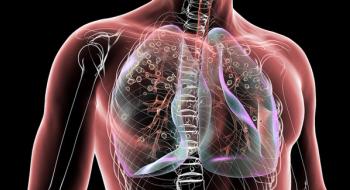
Health Centers Key in Addressing Opioid Epidemic, and Medicaid Is Crucial, Kaiser Finds
Community health centers are on the front lines of addressing the opioid epidemic, and those in Medicaid expansion states seem to be better equipped to respond to the crisis.
Located in underserved rural and urban areas where the opioid epidemic has had a particularly large impact, community health centers are on the “front lines” of addressing the crisis, according to an
The brief presented findings from a 2018 survey of community health centers. A total of 489 health centers from 49 states and the District of Columbia returned survey responses. The survey questioned health centers on activities related to the prevention and treatment of opioid use disorder.
According to the respondents, 73% have seen an increase in patients with OUD in the last 3 years, with slightly more reporting they had an increase in patients with an addiction to prescription opioids (69%) compared with an increase in patients with an addiction to nonprescription opioids (63%).
Along with the increasing number of patients with OUD, health centers have considerably increased their substance use disorder services. One of the ways health centers are addressing the epidemic is through the use of medication-assisted treatment (MAT). Nearly half (48%) of all health centers provide MAT, but those in Medicaid expansion states are significantly more likely than those in nonexpansion states to provide on-site MAT services (54% vs 38%).
While health centers have stepped up their OUD treatment and services, there remain challenges. For instance, 63% of health centers that provide MAT said they do not have the capacity to treat all patients with OUD, and 68% of health centers that refer patients to receive MAT services have provider shortages.
Another area where there are significant differences between expansion and nonexpansion states is the distribution of naloxone, an opioid reversal drug. Health centers in expansion states were almost twice as likely as centers in nonexpansion states (47% vs 26%) to distribute naloxone.
“Given Medicaid’s role in supporting efforts to expand access to treatment and overdose prevention, decisions by more states to expand Medicaid coverage could increase health centers’ capacity to address the epidemic and to provide long-term recovery support to patients,” the authors wrote.
Newsletter
Stay ahead of policy, cost, and value—subscribe to AJMC for expert insights at the intersection of clinical care and health economics.













































